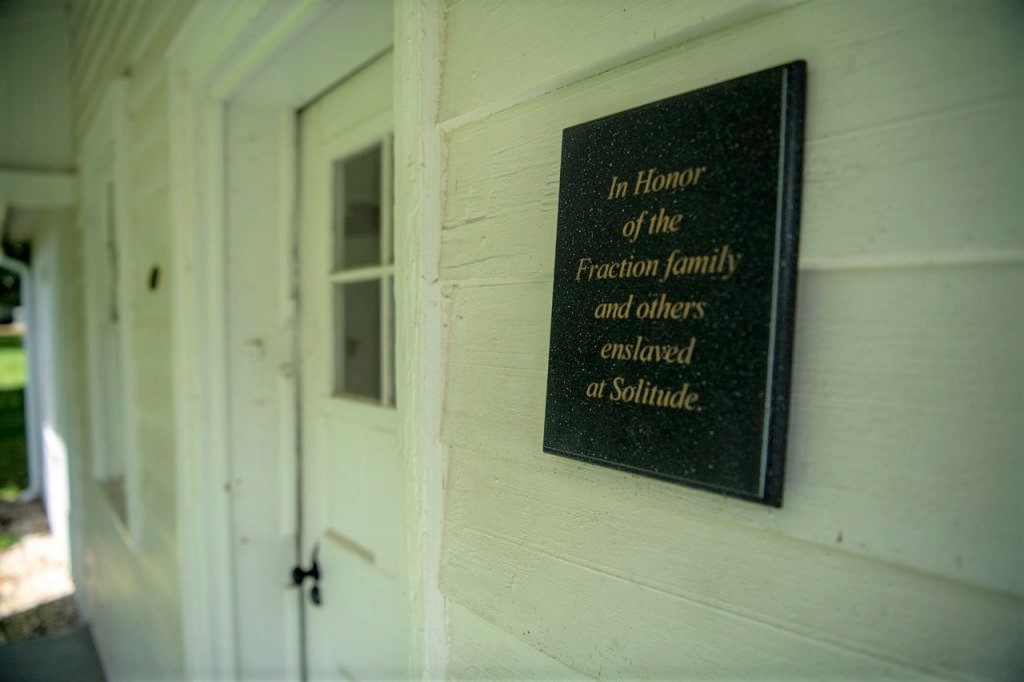
By Elizabeth Margulies
On Nov. 6, members of Virginia Tech’s Black Cadet Organization presented descendants of Thomas Fraction with a certificate of honorable discharge 155 years after he was demoted and discharged without cause from the Union Army.
Fraction fought in the Civil War alongside his brother Othello Fraction for the 40th United States Colored Infantry from Tennessee. Thomas Fraction became a soldier after escaping the Smithfield and Solitude plantations, now part of the Virginia Tech campus, where the Fraction family was enslaved by the Preston family.
In July 2021, the U.S. Army made a correction to Thomas Fraction’s military record after his third great granddaughter, Kerri Moseley-Hobbs, author of “More Than a Fraction,” petitioned them to review Thomas Fraction’s case. In addition to receiving the honorable discharge, Thomas Fraction was reinstated to the rank of sergeant, retroactive to April 25, 1866.
The ceremony took place at Smithfield Plantation, near the Fraction Family House at Solitude Plantation, which in April 2019 was named to acknowledge the McNorton, Saunders and Fraction families who all resided on the site at some point. While the ceremonial event commemorated the correction of Thomas Fraction’s military record, it also honored the service of all those who were enslaved and fought for their freedom during the Civil War.
“The recognition of the Fractions and the other families enslaved is an important step in Virginia Tech maintaining a more complete and truthful history,” said Michele Deramo, associate vice provost for diversity education and engagement.
“Acknowledging all dimensions of Virginia Tech history is necessary in order to authentically fulfill the aspirational values set forth in our Principles of Community,” Deramo said. “I hope that we as a university can bring the story of the Fraction family alive so that the little house near the Duck Pond is as notable to future generations of Hokies as Burruss Hall or Lane Stadium,” she added.
The Fraction Family House was placed on the National Historic Registry, along with the rest of Solitude in 1989, but a living family connection remained hidden for decades.
“It feels like the naming was a spiritual homecoming for all of them who actually wanted to build their homes there,” Moseley-Hobbs said. “It’s like vindication. You were right. You have a right to be there, and now you get to go home.”

